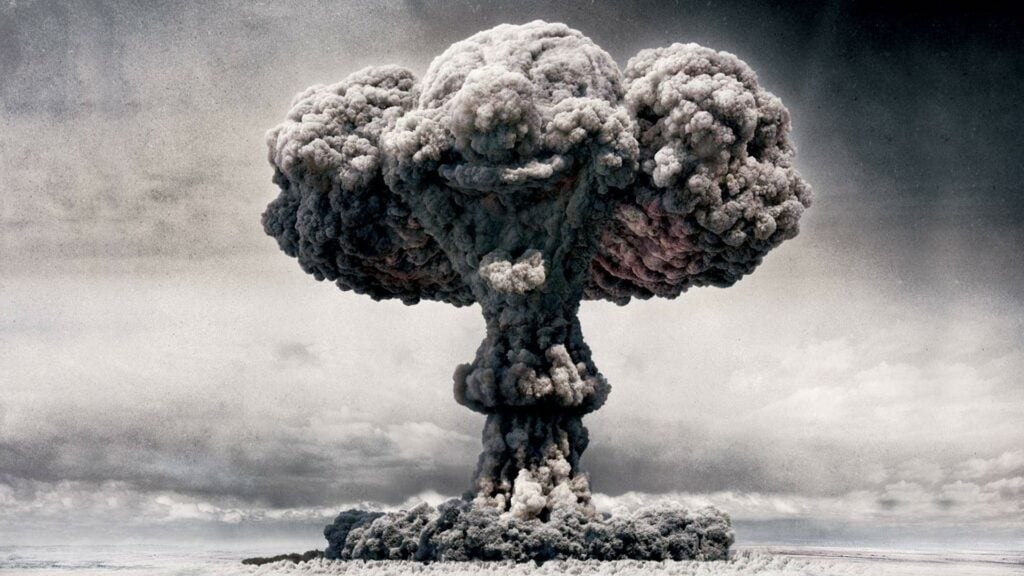The first mushroom cloud was observed in July 1946 after the first Atomic Bomb test explosion in Bikini Atoll, Marshall Islands. But this mushroom cloud was not the most popular. Bob Caron, a pilot during the war took a photo of the Hiroshima mushroom cloud minutes after the Enola Gay dropped the bomb that changed history forever.
Mushroom clouds are formed resulting from different forms of blasting or detonating effects, that are either natural or nuclear. Since the 1700s, there have been several beautiful creations of its image in paintings and other forms of art.
The Physical Structure of The Mushroom Cloud
There are several particular kinds of mushroom clouds. To distinguish a few, let’s start with the basic mushroom. It is a mushroom cloud that resembles a fireball from the start of expulsion and then later forms the mushroom head.
Next would be the caps. These are rapidly evaporating clouds illustrating a cap in the sky or something more like ice caps. In addition to that, it can also form skirts and bells that are flowing down from the mushroom’s stem. An image of a cone-shaped phenomenon will exhibit through the sky resulting from a drop in pressure from a high altitude. There also could be the lines, where these clouds form from a different emission source like those from rocket smoke trails. These rockets were usually a test from a shock wave. (Source: Los Alamos National Laboratory)
How Does A Mushroom Cloud Form?
The iconic mushroom cloud begins as a fireball, a luminous bubble of scorching air and vaporized weapon residues. The star rises similar to a hot-air balloon, pulling air, water vapor, and debris into its base to form the mushroom stem. As the fireball rises, it cools down, losing its glow, and the vaporized material condenses and spreads, including the mushroom head.
The color of the cloud is initially red or reddish-brown due to nitrous acid and oxides of nitrogen. However, the color changes to white as the fireball cools and condensation begins. And this is mainly due to the water droplets present.
The cloud attains its maximum height after about 10 minutes and is said to be stabilized. But, it continues to grow laterally to produce its characteristic mushroom shape.
The cloud may continue to be visible for about an hour or more before being dispersed by the winds into the surrounding atmosphere, where it merges with natural clouds in the sky. (Source: Los Alamos National Laboratory)
Narrative History Of The Term
Before the term was officially coined around the 1950s, the mushroom clouds were already present even before the massive explosion in Hiroshima.
An artist in the year 1782, during the Franco-Spanish attack on Gilbraltar, hand-painted an image of what seemed to be a massive explosion looking like a mushroom of smoke.
During events like the Halifax Explosion of 1917 and multiple occurrences in WWII, the term mushroom cloud became more common. Unfortunately, even though the mushroom cloud can be naturally occurring, it remains the symbol of when the United States unleashed its nuclear weapons on Hiroshima and Nagasaki.
In an ideal world, the bomb would not be needed, but today, countries strive to gain military prowess, so in time of need, they can protect themselves. It is challenging to know which side is correct on the view of the iconic nuclear cloud, but one thing is for sure, the atomic mushroom cloud is an icon of power. (Source: Los Alamos National Laboratory)
